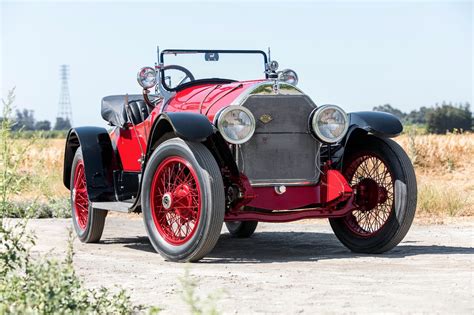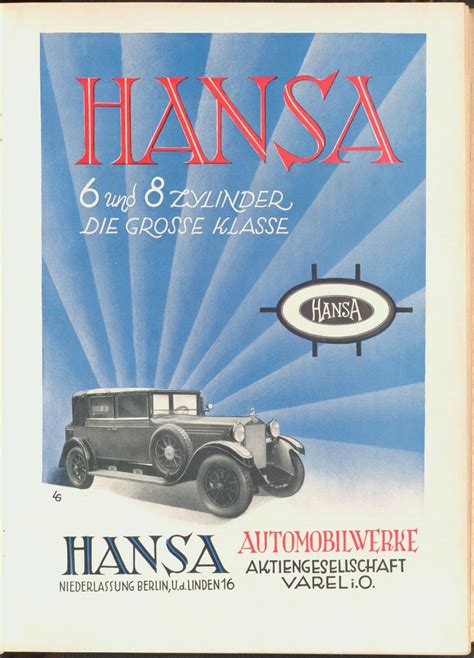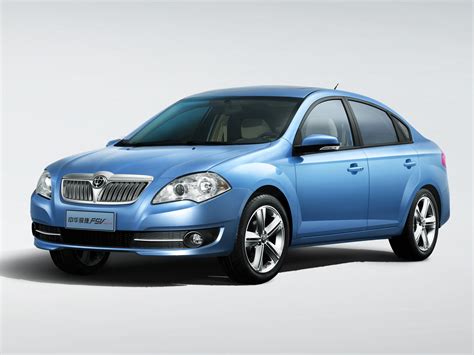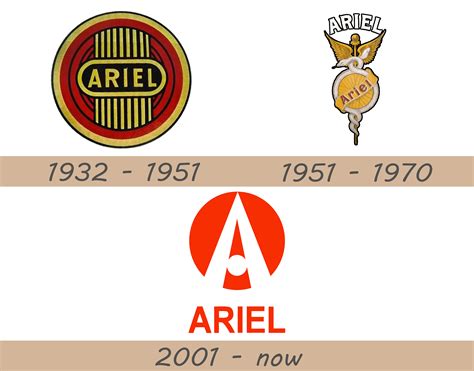Explore the fascinating origins, evolution, and global impact of JDM cars and their influence on car culture and the automotive industry.
Origins of JDM
Contents
JDM (Japanese Domestic Market) refers to the home market for Japanese vehicles and components. The origins of the JDM culture can be traced back to the 1960s when Japan started exporting its cars to other countries. During this period, Japanese automakers such as Toyota, Honda, Nissan, and Mitsubishi began to establish a strong presence in the international automotive market, especially in the United States. The popularity of Japanese cars grew rapidly due to their reliability, fuel efficiency, and affordable pricing.
The origins of JDM can also be linked to the rise of high-performance and racing car culture in Japan during the 1970s and 1980s. This era saw the emergence of iconic JDM cars such as the Nissan Skyline, Toyota Supra, Subaru Impreza, and Mazda RX-7. These vehicles gained a cult following among car enthusiasts worldwide, leading to the importation of JDM cars to other countries.
The JDM culture became synonymous with modified cars, aftermarket parts, and tuning shops. Enthusiasts sought to replicate the Japanese tuning style, which focused on enhancing performance and aesthetics. This trend influenced the global car scene and gave rise to the importation of JDM parts and accessories from Japan.
In summary, the origins of JDM can be attributed to the exportation of Japanese cars to foreign markets, the emergence of high-performance and racing culture in Japan, and the influence of Japanese tuning and modification techniques on the global car community.
Evolution of JDM cars
JDM cars have a rich history that spans decades, with each era bringing new advancements and innovations to the world of automotive engineering. The evolution of JDM cars can be traced back to the post-World War II era, when Japanese automakers began producing vehicles for the domestic market. These early models were basic and utilitarian, designed for practicality rather than performance or luxury.
As the years passed, JDM cars underwent a dramatic transformation, evolving from humble economy cars to high-performance sports cars that captured the attention of enthusiasts around the world. The 1970s and 1980s saw the rise of legendary models such as the Toyota Celica, Nissan Skyline, and Honda NSX, which showcased Japan’s growing expertise in engineering and design.
The 1990s marked a turning point in the evolution of JDM cars, with the introduction of advanced technologies such as turbocharging, all-wheel drive, and electronic stability control. This era gave birth to iconic vehicles like the Mitsubishi Lancer Evolution, Subaru Impreza WRX, and Mazda RX-7, which became synonymous with the fast-paced world of motorsports and street racing.
Today, the evolution of JDM cars continues with the development of hybrid and electric powertrains, as well as the integration of cutting-edge driver assistance systems and connectivity features. Modern JDM models like the Nissan GT-R, Toyota Supra, and Honda Civic Type R exemplify the ongoing pursuit of performance and innovation that defines Japanese automakers’ commitment to excellence.
Impact of JDM on car culture
Impact of JDM on Car Culture
Impact of JDM on Car Culture
The influence of JDM (Japanese Domestic Market) on car culture can be seen in the various aspects of automotive enthusiasts’ lives. From the rise of Japanese tuner cars to the popularity of drifting, JDM has left a lasting impact on the global car scene.
One of the key contributions of JDM to car culture is the introduction of high-performance Japanese cars to the international market. Models such as the Nissan Skyline, Toyota Supra, and Honda NSX have gained cult followings due to their combination of reliability, performance, and aftermarket potential. These cars have inspired generations of car enthusiasts to modify and tune their own vehicles, leading to the widespread popularity of import car shows and events.
In addition to the performance aspect, JDM has also influenced the aesthetic side of car culture. The clean lines, aggressive stances, and aerodynamic designs of JDM cars have become iconic in the world of modified cars. From carbon fiber hoods to iconic GT wings, these visual elements have become synonymous with the JDM style and have been widely adopted by enthusiasts around the globe.
The impact of JDM on car culture extends beyond just the cars themselves. The rise of drifting as a motorsport has its roots in Japan, where it gained popularity in the mountain roads and industrial areas. This grassroots form of motorsport has since become a global phenomenon, with JDM cars being favored for their balance and agility on the track. Drift events and competitions have become a staple of car culture, drawing participants and spectators from all over the world.
Overall, the impact of JDM on car culture has been significant, shaping the way people modify, race, and appreciate cars. The legacy of JDM continues to influence automotive culture to this day, as enthusiasts continue to seek out and celebrate the iconic cars and trends that originated from the Japanese Domestic Market.
Rise of JDM in the global market
The Japanese Domestic Market (JDM) has experienced a significant rise in the global market in recent years. With the increasing popularity of Japanese cars among enthusiasts and consumers worldwide, JDM vehicles have become sought after for their unique designs, performance, and reliability.
Many JDM car manufacturers have made an impact on the global market, with brands such as Toyota, Honda, Nissan, and Subaru gaining a strong foothold in international markets. These companies have been able to establish a strong reputation for producing high-quality vehicles that cater to the needs and preferences of diverse consumer groups.
The rise of JDM tuning culture has also contributed to the increasing popularity of Japanese cars in the global market. Enthusiasts and tuners around the world have embraced JDM cars for their potential for customization and performance upgrades, leading to a thriving aftermarket industry that caters to modifying JDM vehicles to enhance their appearance and performance.
Additionally, the export of JDM vehicles to international markets has played a crucial role in increasing the presence of Japanese cars around the world. With the globalization of the automotive industry, JDM car manufacturers have capitalized on the demand for their vehicles in different regions, leading to a significant rise in market share and brand recognition.
The rise of JDM in the global market has not only transformed the automotive industry but has also influenced the preferences and perceptions of consumers worldwide. As JDM vehicles continue to gain traction in international markets, it is clear that the influence of Japanese car manufacturers is set to grow even further in the future.
Legacy of JDM car company
During the 1960s, the Japanese Domestic Market (JDM) saw the rise of a number of car companies that would eventually become iconic in the automotive industry. One of these companies, let’s call it JDM Car Company, is known for its legacy of innovation, quality, and performance. With a history stemming back several decades, JDM Car Company has left an indelible mark on the automotive world, influencing car culture and setting new standards for performance and reliability.
Founded on the principles of precision engineering and a dedication to mastery, JDM Car Company quickly gained a reputation for producing high-performance vehicles that were coveted by car enthusiasts around the world. The company’s legacy is built on a commitment to pushing the boundaries of automotive technology, and this dedication to innovation has cemented its position as a legendary player in the industry.
Over the years, JDM Car Company has continued to evolve, introducing new models and technologies that have redefined the automotive landscape. The company’s impact on car culture is undeniable, with its vehicles being featured in countless films, TV shows, and racing events. The legacy of JDM Car Company is not just about the cars themselves, but also about the passion and dedication of the people behind the scenes who have worked tirelessly to bring these machines to life.
Today, the legacy of JDM Car Company lives on, with its vehicles continuing to inspire a new generation of car enthusiasts. The company’s influence can be seen in the global market, as it remains a benchmark for performance, quality, and innovation. As we look to the future, it’s clear that the legacy of JDM Car Company will continue to shape the automotive industry for years to come, leaving an indelible mark on car culture and setting new standards for what a high-performance vehicle can achieve.












